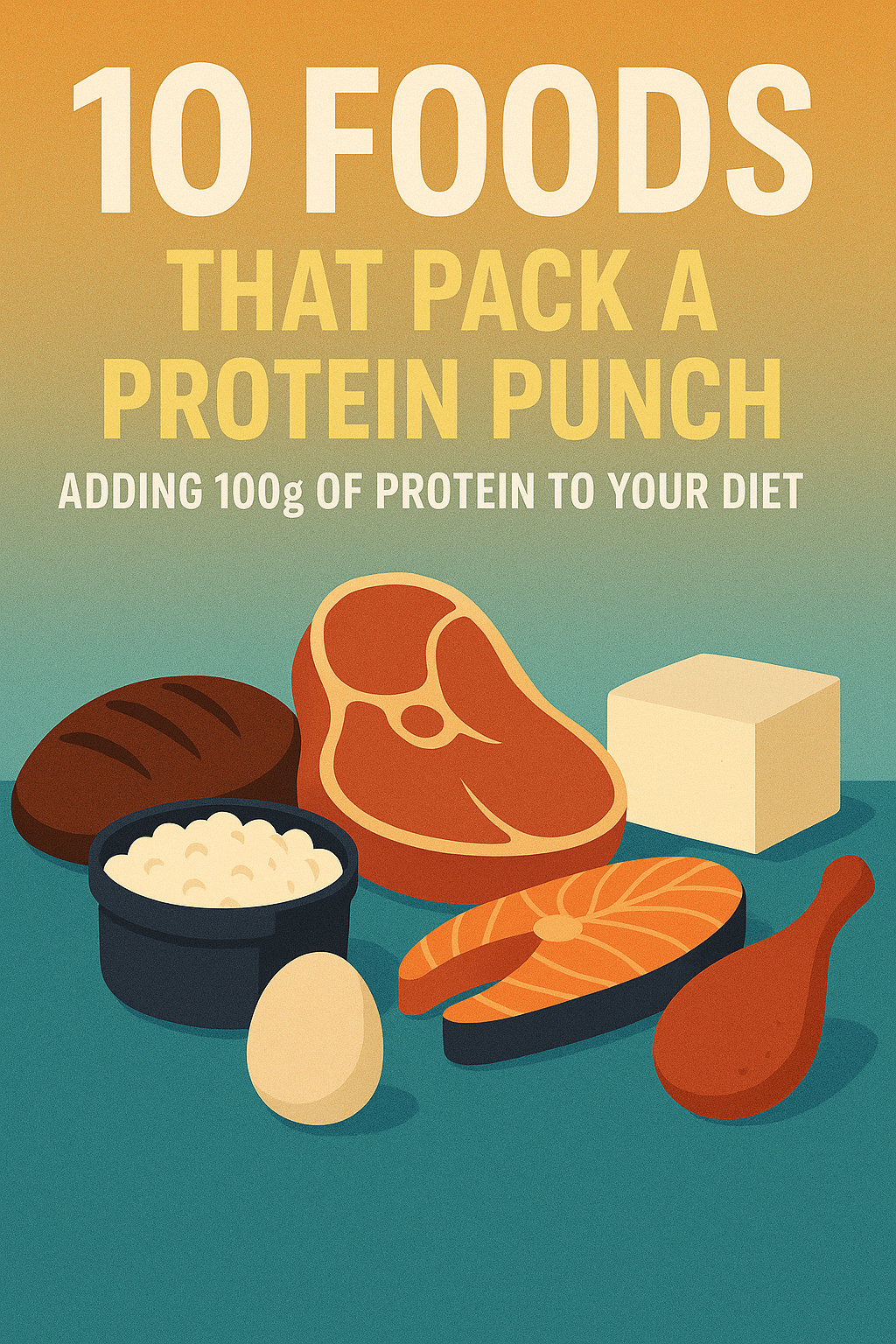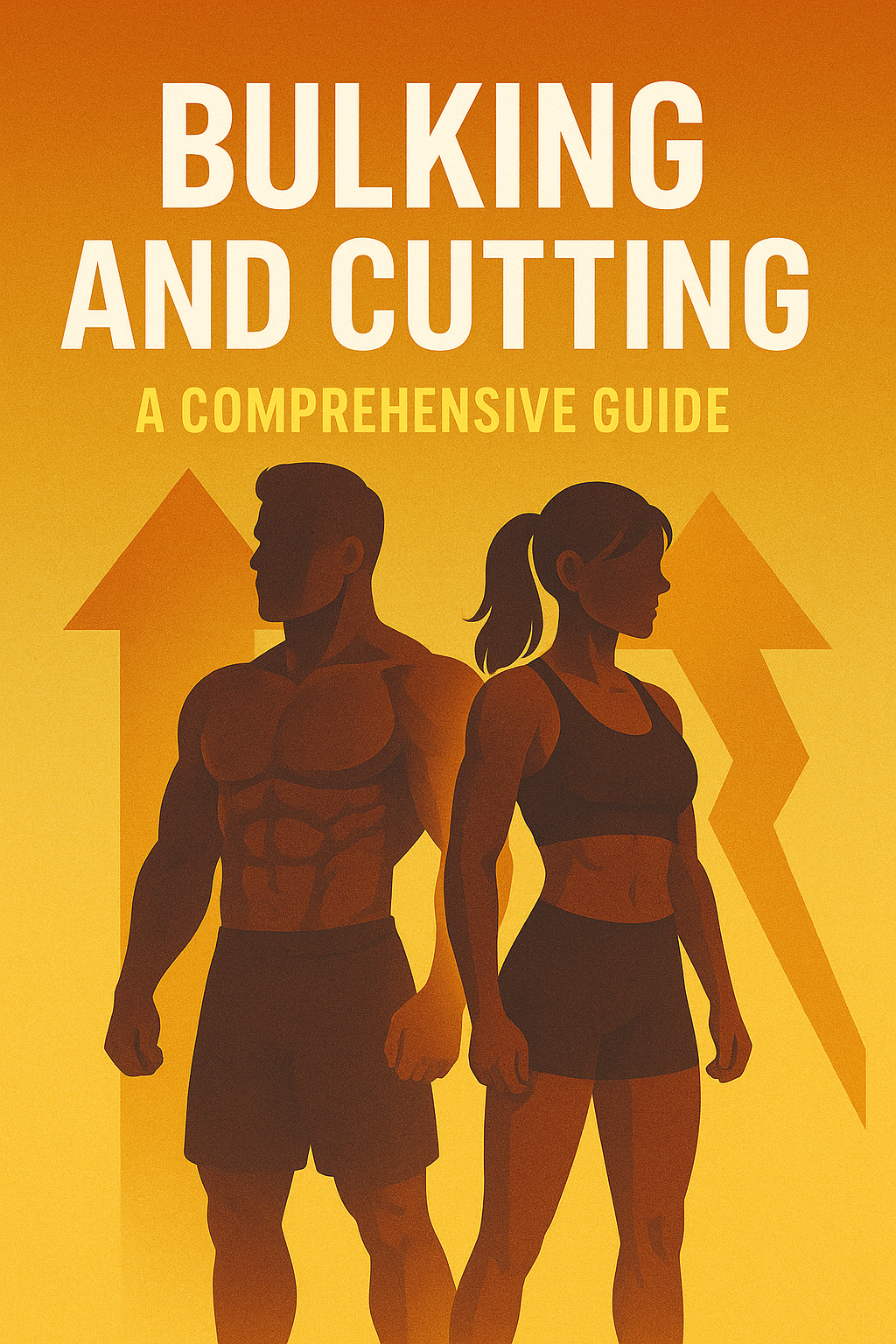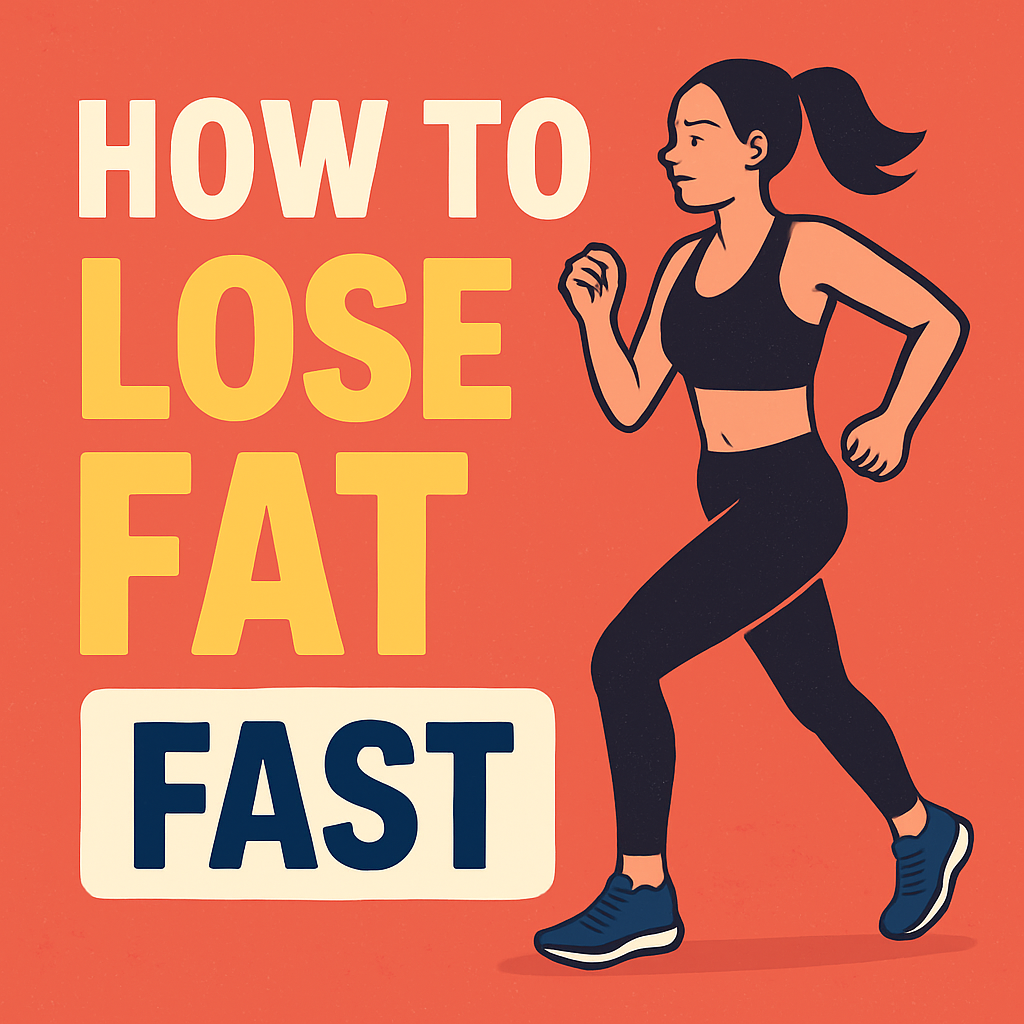Protein is a macronutrient that plays a vital role in nearly every bodily function. It’s essential for building and repairing muscles, organs, and tissues, as well as producing enzymes, hormones, and other biomolecules that regulate various bodily processes.
The recommended daily intake of protein varies based on factors such as age, sex, weight, and activity level. Generally, the Recommended Dietary Allowance (RDA) is:
– 0.8 grams of protein per kilogram of body weight for sedentary adults
– 1.2-1.6 grams of protein per kilogram of body weight for active adults
– 1.6-2.2 grams of protein per kilogram of body weight for athletes or those who are trying to build muscle
Meeting these protein requirements can be challenging, especially for those with busy lifestyles or restrictive diets. However, incorporating protein-rich foods into your diet can help you meet your daily protein needs and support overall health and well-being.
In this article, we’ll explore 10 foods that pack a protein punch, providing approximately 100g of protein per serving. Whether you’re an athlete, a bodybuilder, or simply looking to boost your protein intake, these foods can help you meet your protein needs and support your health and fitness goals.
Section 1: Lean Meats
Lean meats are an excellent source of protein, and they can be easily incorporated into a variety of meals. Here are three lean meats that pack a protein punch:
Food #1: Chicken Breast
Protein Content: 31g of protein per 3-ounce serving
Benefits: Chicken breast is a lean protein that is low in saturated fat and high in nutrients like niacin and vitamin B6.
Tips: Grill, bake, or sauté chicken breast and serve with your favorite vegetables or whole grains.
Food #2: Turkey Breast
Protein Content: 30g of protein per 3-ounce serving
Benefits: Turkey breast is another lean protein that is low in saturated fat and high in nutrients like phosphorus and vitamin B6.
Tips: Slice turkey breast and add it to sandwiches, salads, or wraps.
Food #3: Lean Beef
Protein Content: 22g of protein per 3-ounce serving
Benefits: Lean beef is a rich source of protein, vitamins, and minerals like iron and zinc.
Tips: Choose cuts of beef that are labeled as “lean” or “extra lean,” and trim any visible fat before cooking.
Incorporating these lean meats into your diet can help you meet your daily protein needs and support overall health and well-being.
Section 2: Fish and Seafood
Fish and seafood are excellent sources of protein and offer numerous health benefits due to their high levels of omega-3 fatty acids. Here are three fish and seafood options that are high in protein:
Food #4: Salmon
Protein Content: 20g of protein per 3-ounce serving
Benefits: Salmon is rich in omega-3 fatty acids, which can help reduce inflammation and improve heart health.
Tips: Grill, bake, or sauté salmon and serve with your favorite vegetables or whole grains.
Food #5: Tuna
Protein Content: 20g of protein per 3-ounce serving
Benefits: Tuna is low in saturated fat and high in nutrients like vitamin D and selenium.
Tips: Choose skipjack or albacore tuna for lower mercury levels, and serve on top of salads or as a sandwich filling.
Food #6: Shrimp
Protein Content: 16g of protein per 3-ounce serving
Benefits: Shrimp is low in fat and high in nutrients like selenium and vitamin B12.
Tips: Grill, sauté, or boil shrimp and serve with your favorite vegetables or whole grains.
Incorporating these fish and seafood options into your diet can help you meet your daily protein needs while also providing numerous health benefits.
Section 3: Eggs and Dairy
Eggs and dairy products are excellent sources of protein and offer various essential nutrients. Here are three eggs and dairy options that are high in protein:
Food #7: Eggs
Protein Content: 6g of protein per large egg
Benefits: Eggs are a rich source of protein, vitamins, and minerals like vitamin D and choline.
Tips: Scramble, fry, poach, or boil eggs and serve with your favorite vegetables or whole grains.
Food #8: Greek Yogurt
Protein Content: 20g of protein per 6-ounce serving
Benefits: Greek yogurt is high in protein, calcium, and probiotics, which can support digestive health.
Tips: Choose unflavored, unsweetened Greek yogurt and top with your favorite fruits, nuts, or seeds.
Food #9: Cottage Cheese
Protein Content: 28g of protein per cup
Benefits: Cottage cheese is a rich source of protein, calcium, and probiotics, which can support digestive health.
Tips: Choose low-sodium cottage cheese and serve with fruit or honey for a sweet and satisfying snack.
Incorporating these eggs and dairy products into your diet can help you meet your daily protein needs while also providing various essential nutrients.
Section 4: Legumes and Nuts
Legumes and nuts are excellent plant-based sources of protein and offer various essential nutrients. Here’s one legume option that is high in protein:
Food #10: Lentils
Protein Content: 18g of protein per cup
Benefits: Lentils are a rich source of protein, fiber, and nutrients like iron and potassium.
Tips: Cook lentils and add to soups, stews, or curries. You can also use lentils to make veggie burgers or meatballs.
Other high-protein legumes and nuts include:
– Chickpeas (15g of protein per cup)
– Black beans (15g of protein per cup)
– Almonds (6g of protein per ounce)
– Chia seeds (5g of protein per ounce)
Incorporating these legumes and nuts into your diet can help you meet your daily protein needs while also providing various essential nutrients.
Conclusion
Meeting your daily protein needs is essential for building and repairing muscles, organs, and tissues. With so many high-protein foods available, it’s easier than ever to incorporate enough protein into your diet.
In this article, we’ve explored 10 high-protein foods that can help you meet your daily protein needs. From lean meats and fish to eggs, dairy, and legumes, there are countless options to choose from.
Remember, a balanced diet that includes a variety of protein sources can help you:
– Build and repair muscles
– Support bone health
– Regulate blood sugar levels
– Support weight loss
– Improve overall health and well-being
By incorporating these high-protein foods into your diet, you can take the first step towards meeting your protein needs and supporting your overall health.




